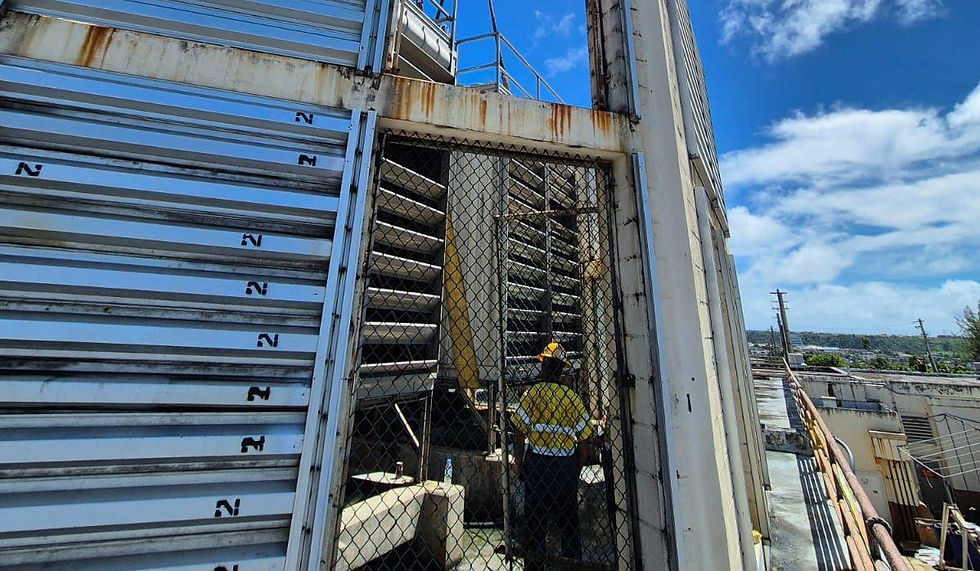Pentagon: Beef up resources on Guam, prioritize defense buildup in IndoPacific
- By Mar-Vic Cagurangan

- Nov 30, 2021
- 2 min read

To keep up with China's accelerated military expansion, the U.S. must dedicate more resources to Guam and Australia and prioritize the defense buildup in the Indo-Pacific region, the Pentagon announced Monday during its release of a classified report on global position.
"It is no surprise that the Indo-Pacific is the priority region for the review, given the secretary's focus on China as America's pacing challenge," said Mara Karlin, deputy undersecretary of defense for policy."
In a press conference in Washington, Karlin said the report called "Global Position Review" directs additional cooperation with allies and partners to advance initiatives that contribute to regional stability and deter Chinese military aggression and threats from North Korea.
"These initiatives include seeking greater regional access for military partnership activities, enhancing infrastructure in Guam and Australia and prioritizing military construction across the Pacific Islands," the defense department said in a press release. "They also include new U.S. rotational aircraft deployments and logistics cooperation in Australia, which DOD announced in September."
The White House announced that President Joe Biden has accepted the recommendations formed by Secretary of Defense Lloyd J. Austin III on the global posture review.
Among the recommendations include the assessment plans for improvements to the airfields and other infrastructure at U.S. bases in Guam and Australia and augmenting a previously announced deployment of fighter and bomber aircraft.
The Pentagon also plans to permanently station a previously rotational attack helicopter squadron and an artillery division headquarters in South Korea.
Karlin said more initiatives are forthcoming in the region, but these require more discussions among the allies and remain classified.
Defense officials said the report is designed to help the military decide where to position forces throughout the world and determine whether it “has the correct number of troops in the correct places.”
"That guidance asserts that the United States will lead with diplomacy first, revitalize our unmatched network of allies and partners and make smart and disciplined choices regarding our national defense and responsible use of our military," Karlin said. "Nested within this guidance, the global posture review assesses DOD overseas forces and footprint along with the framework and processes that govern our posture decision making."
While there are changes in the global footprint, the main benefit from the review is it "will inform our approach to the national defense strategy," Karlin said during a Pentagon news conference.
Defense officials said the main outcome of the review is the return to normal of determining military posture around the world and tying that to America's strategic alignment.
"The GPR has strengthened our decision-making processes by deliberately connecting strategic priorities, global trade-offs, force readiness and modernization, interagency coordination and allied and partner coordination to global posture planning and decisions," the official said.
"The conclusion of the review comes at a key inflection point following the end of operations in Afghanistan and ongoing development of the National Defense Strategy," the DOD said in a statement.
"Through these assessments, the GPR will help strengthen posture decision-making processes, improve DoD’s global response capability, and inform the draft of the next National Defense Strategy."
Subscribe to
out digital
monthly edition






